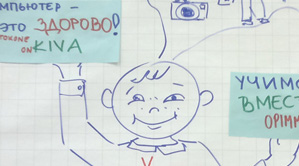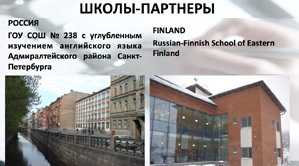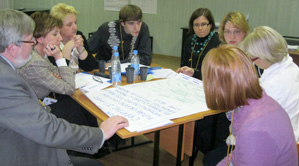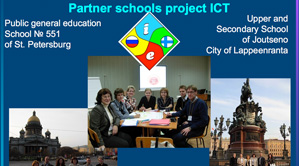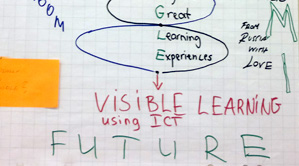Creating school-based digital resources and learning materials? Why? Get familiar with the three principles:
-
Principle 1
Pedagogical use of ICT
Do all forms of communication and social media really support your teaching, and the studying and learning of your students?
Do they improve your students' performance?
Which technologies are appropriate? Which are relevant?
-
Principle 1
Pedagogical use of ICT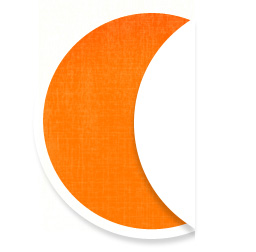
What’s behind Principle 1?
Over the years, ICT tools and resources have become more and more user-friendly, and part of our everyday life. Indeed, those not directly working with students seem to assume that all new forms of communication and social media should be applied to educational purposes. However, the development has been too rapid for informed decisions on the appropriateness and relevance of these technologies as far as student performance and the teaching-studying-learning (T-S-L) processes are concerned.
-
Principle 1
Pedagogical use of ICT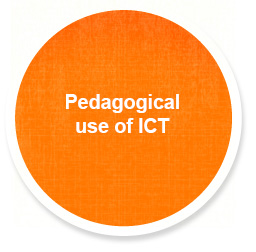
ICT is used to support teaching, studying and learning in order to achieve specific, well-defined educational objectives and goals.
-
Principle 2
Flexible pedagogical framework
What kind of digital learning materials: school subject and teacher specific, or adaptable and allowing local customisation?
Nurturing throw-away culture, or creating sustainable products?
-
Principle 2
Flexible pedagogical framework
What’s behind Principle 2?
Sustainability in the results has proved to be a problem especially in ICT projects dedicated to e-learning and e-material development. The result has often been school subject specific materials, which are not easily adapted to other contexts. Therefore, to ensure the sustainability of the material, the starting point in digital learning material development is a thematic learning framework. The framework allows local customisation and it can be used in more than one particular curriculum subject. This approach offers a solution to lengthen the life span of any digital learning material.
-
Principle 2
Flexible pedagogical framework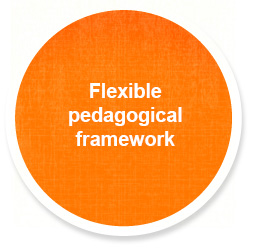
ICT is used to create a flexible pedagogical framework for curriculum content, pedagogical interaction and instructional variations.
-
Principle 3
Making the T-S-L culture and process visible
Teachers as digital learning material designers?
Make the material design and development process a professional development process for yourself: document, reflect and learn.
Become a better observer of your work
-
Principle 3
Making the T-S-L culture and process visible
What’s behind Principle 3?
Material design and development is a reflective and recursive process. Continuous assessment and evaluation are an essential part of such a process. Documentation of the process makes it possible for the teacher-designers to revisit their work, to compare what they intended to do with what actually took place, and to use that information to redesign, revise and refine, and to make decisions about what happens next. Through reflection, the designers can become better observers of their work in the process.
-
Principle 3
Making the T-S-L culture and process visible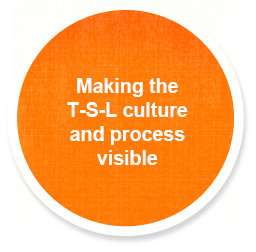
ICT is used to document the T-S-L culture and process and make it visible through documentation and reflection.
